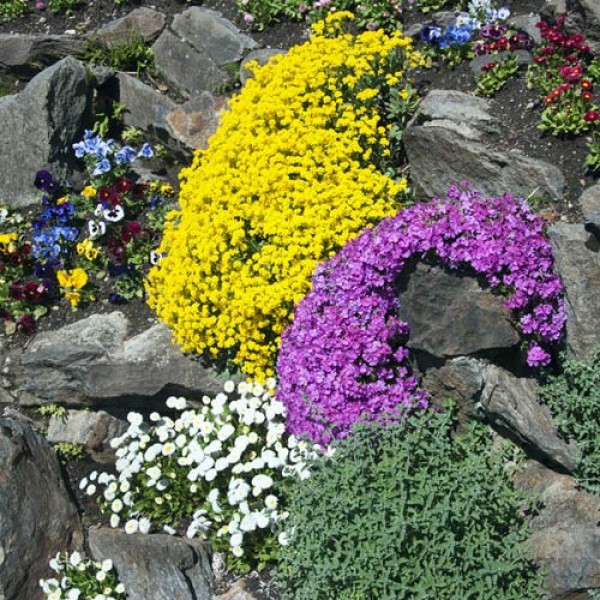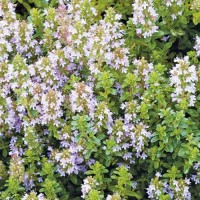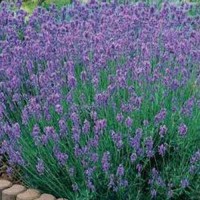
Flowring Cushion Perennials
Cushion perennials grow compactly, flower profusely and transform the garden into a sea of colourful cushions over the years.
They originate from the alpine mountain regions and therefore cope well with sparse and dry sites. This is why they are often used as ground cover in rock gardens, natural gardens or on stone walls. They often come into full bloom from April onwards and enchant with their bright sea of colours.
Location and care of cushion perennials
Their origin in harsh alpine regions with extreme weather conditions also reflects their habitat requirements. They thrive well in sunny and warm locations with a well-drained soil. They are usually frost-hardy and adapted to drought, wind and nutrient-poor sites. Therefore, the soil should not be too rich in humus. If there are too many nutrients in the soil, the cushions become massive with large leaves and fall apart. In contrast, they do well with a gravelly substrate or in a crevice in a wall. Working sand into the soil is also helpful. Don`t water the plants too much, otherwise they can rot from the base.
After flowering, you can cut away the inflorescences and the tips, this way the plants will sprout again and remain attractive. If the flowering tendency decreases over the years, you can simply separate the perennials. In general, cushion perennials do not need extra watering, only in the first year after planting.
Cushion perennial varieties
One of the best-known varieties and a beautiful eye-catcher is the false rockcress (Aubretia), which is also available in white and purple. It flowers in spring.
Alyssum with yolk and sulphur yellow flowers is also widespread. It grows in joints in walls and in stony, sunny places. Bees especially like the bright flowers.
A classic of the rock garden is candytuft, whose uneven petals resemble a bow. The evergreen cushion plant with its dark green leaves looks beautiful even after flowering.
The saxifrage and cushion pink also provide pretty cushions with delicate flowers.
In May and June, the creeping phlox, with its small needle-shaped and fresh green leaves, provides bright pink, purple and sometimes even light blue accents in the garden, almost like a moss.
Yellow rockrose, cushion thyme and blue-flowered lavender provide an abundance of flowers for honey bees and wild bees in summer.
Small cushion bluebells feel at home in semi-shady locations.
Popular cushion perennials:
- False rockcress (Aubretia)
- Creeping phlox
- Saxifrage
- Candytuft
- Alyssum

















